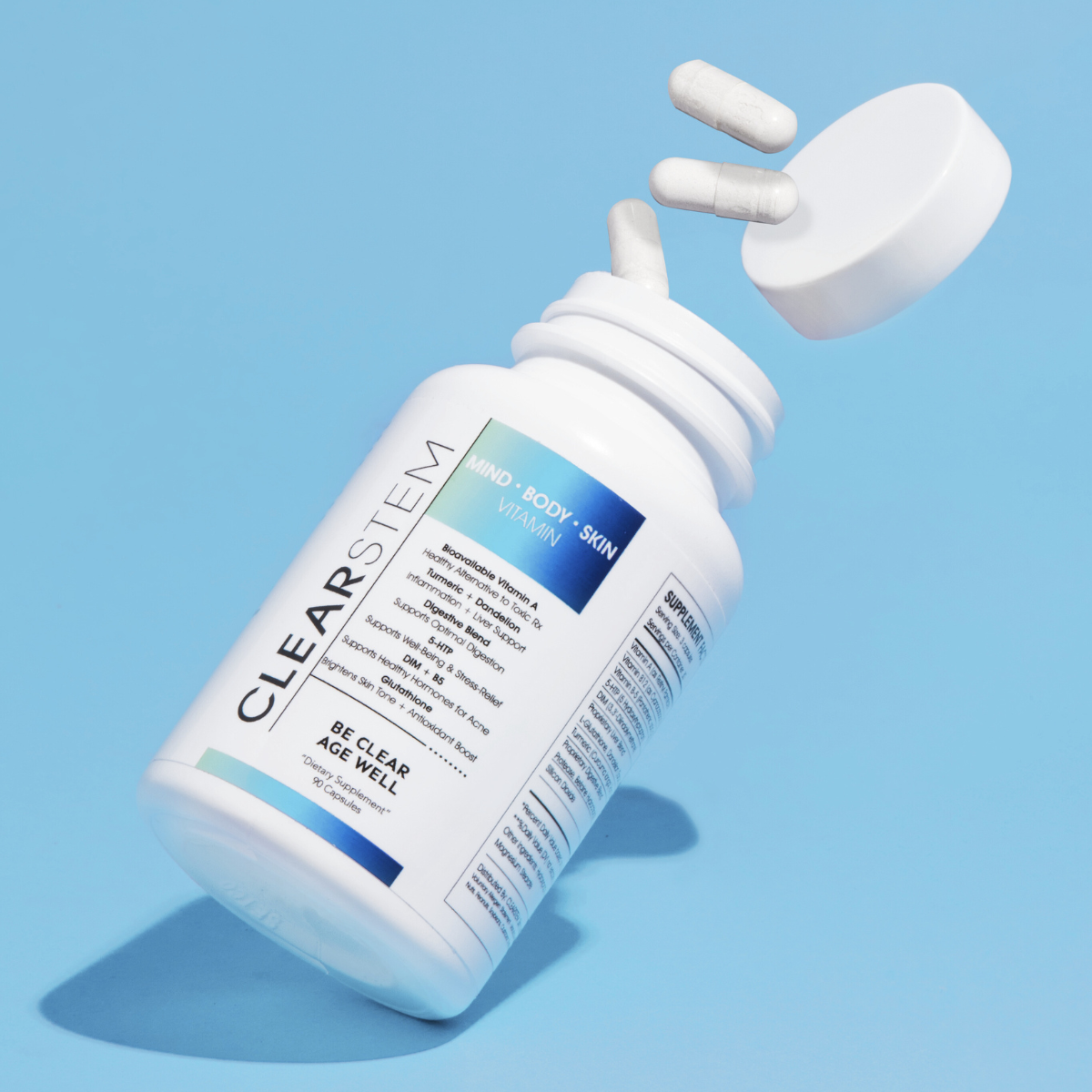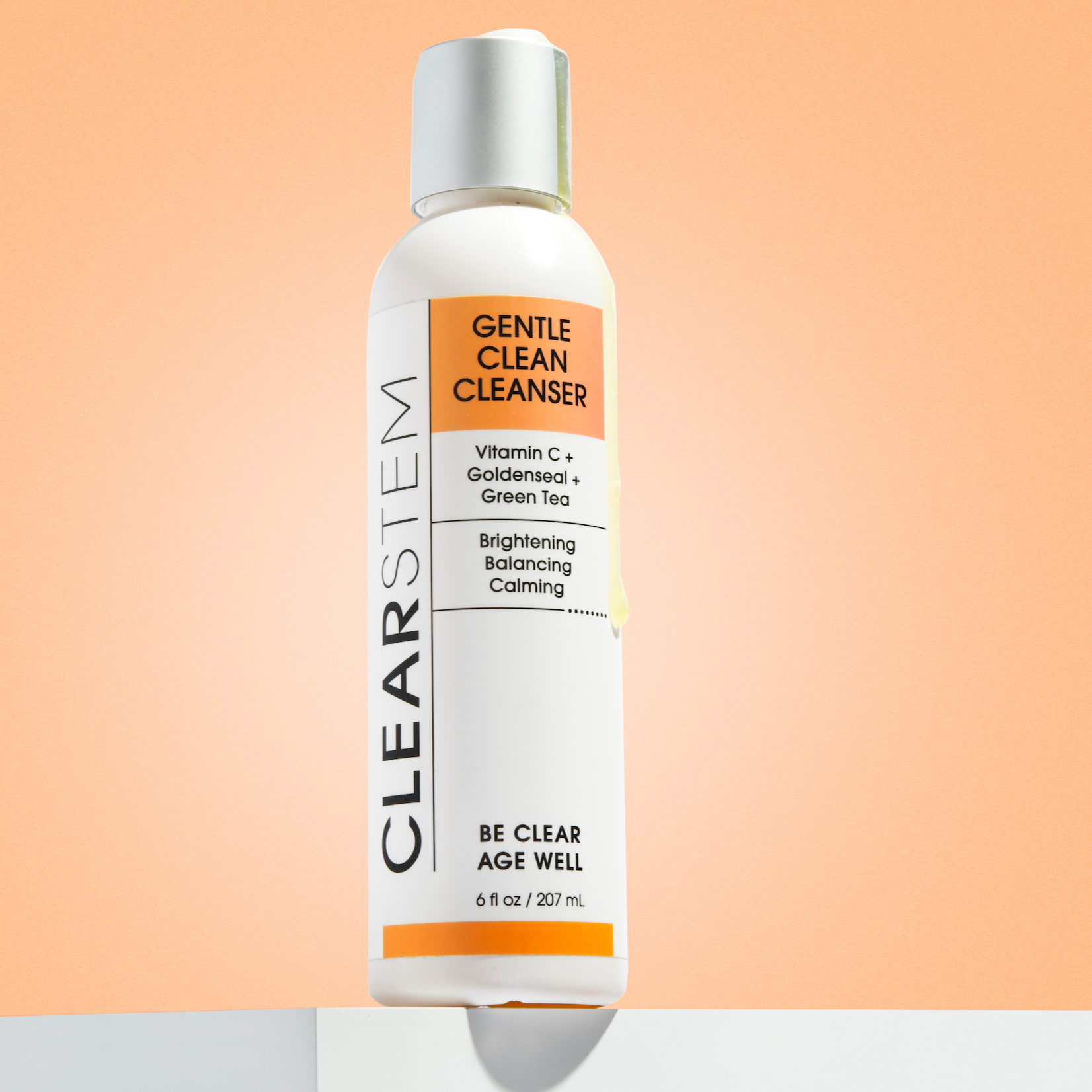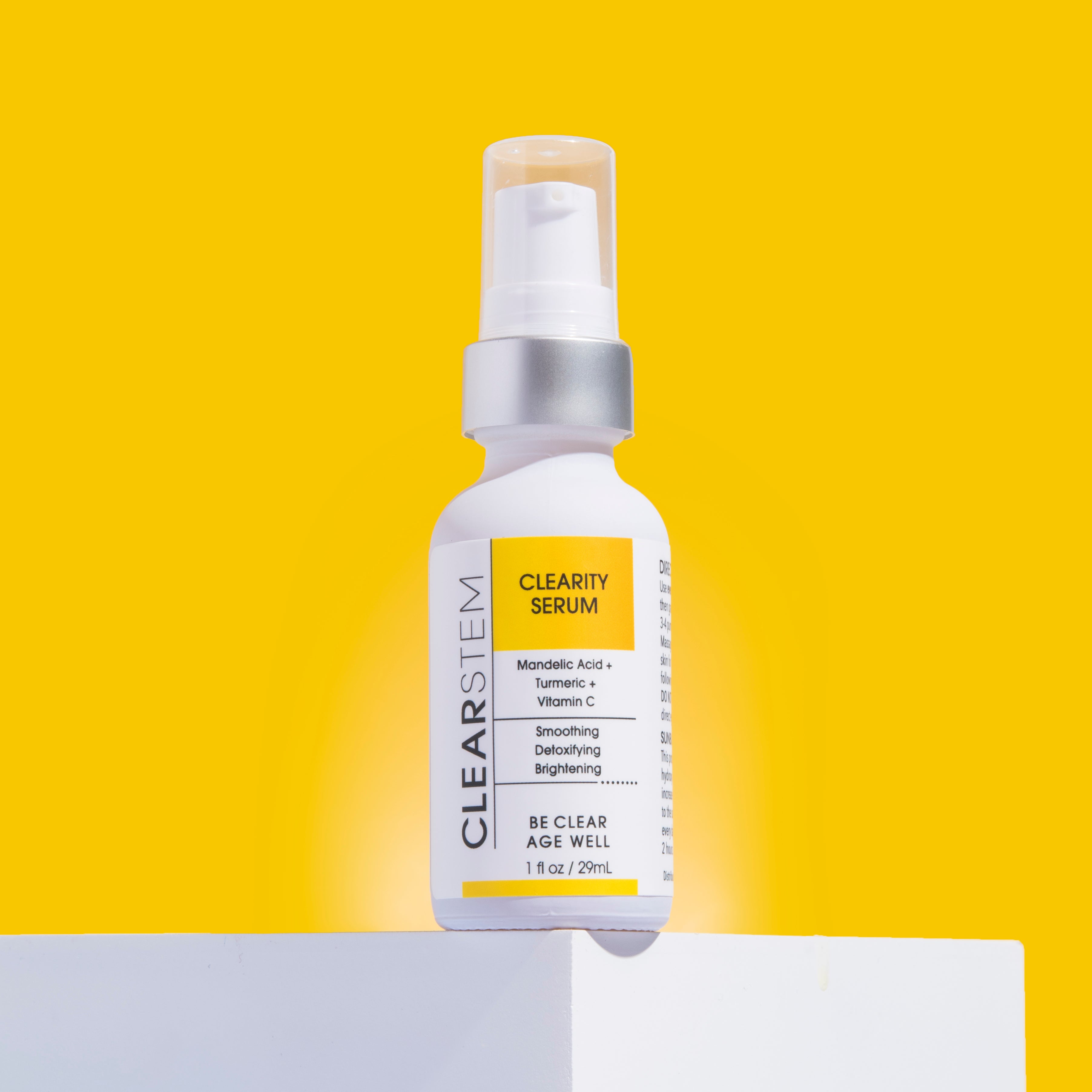Freckles, age spots, acne scars—uneven skin tone takes many forms. And as different as each of these skin concerns may seem, they have one thing in common: They are all caused by excess melanin in the skin.
This common skin condition is what’s known as hyperpigmentation.
There are several different types of hyperpigmentation caused by factors like hormonal changes, trauma to the skin, and sun exposure.
If you have hyperpigmentation, don’t be alarmed—it’s usually harmless and very common. However, many people want to know how to fade hyperpigmentation, and there are several options that can help. Read on as we explore the different forms of hyperpigmentation, how to prevent it, and how to treat it.
What is Melanin?
You’ve probably heard of melanin—it’s the pigment that gives color to our skin, hair, and eyes. What you may not know is that there are several types of melanin in the human body. The differences in these forms of melanin are why UV exposure can be more or less harmful depending on your skin tone.
The two types of melanin found in skin are:
- Eumelanin – Brown and black tones are created by eumelanin. A higher proportion of eumelanin in the cells results in darker skin, hair, and eyes.
- Pheomelanin – Pinkish-yellow skin tones are created by pheomelanin. Lighter hair, skin, and eye colors are caused by cells that create more pheomelanin and less eumelanin.
There’s another crucial contrast between pheomelanin and eumelanin: They react differently to UV rays. Eumelanin acts as an antioxidant—it absorbs UV radiation and protects the body from harmful free radicals. Pheomelanin, on the other hand, creates free radicals when exposed to UV light. Free radicals are molecules that cause skin aging and can trigger the formation of cancerous cells—in other words, you don’t want these in your body.
Keep in mind that this doesn’t mean darker skin is immune to sun damage. All skin has both eumelanin and pheomelanin and requires UV radiation protection to prevent skin cancer.
3 Different Types of Hyperpigmentation
Melanin isn’t always produced evenly throughout the skin. When some cells produce more melanin than their neighbors, it creates areas of darker color known as hyperpigmentation. Hyperpigmentation can take several forms depending on the cause (we’ll discuss causes in more detail next).
Age spots
As the name suggests, this form of skin pigmentation tends to appear as we grow older. Also known as liver spots, age spots are flat, brown spots or dark patches that typically form on the face, hands, and arms. Age spots aren’t harmful, but many people choose to have them removed for cosmetic reasons.
Age spots are caused by long-term sun exposure. Practicing good sun protection is the key to prevention. Every day, be sure to:
- Protect your skin by wearing SPF 50+ mineral sunscreen
- Wear protective clothing—remember, not all fabric is UV-resistant
- Seek shade when the sun is at its peak (between the hours of 10 am and 4 pm)
Melasma
Melasma is a common skin condition that causes brown or gray-brown patches, usually on the face. It’s caused by hormonal changes and sun exposure. Due to its relationship with hormones, melasma occurs frequently in women, especially during pregnancy or when taking birth control pills. However, men can also get melasma. Melasma is also more common in people with darker skin tones.
Although hormones play a big part in melasma, sun damage is still the most common factor that causes it to appear. You can’t prevent hormonal changes, but protecting your skin from UV rays can help prevent melasma from forming. If you are looking to treat melasma naturally, consider topical treatments or rebalancing your hormone levels.
Post-Inflammatory Hyperpigmentation
Post-inflammatory hyperpigmentation (PIH) occurs after an injury or inflammation of the skin. It’s most common in people with darker skin tones, but it can happen to anyone. It can be caused by wounds or burns, as well as acne, eczema, psoriasis, or any other inflammatory skin condition.
Preventing PIH depends on treating the underlying condition causing the inflammation. If you already have PIH there are several treatments available, including:
- Topical creams
- Chemical peels
- Laser therapy
Your dermatologist can advise you on the best solution for your skin and the type of inflammation you’re fighting. It’s best to work with a professional to make a plan for treating PIH, because some treatments can cause more inflammation and actually worsen discoloration.
What Causes Hyperpigmentation?
Hyperpigmentation can be caused by a variety of factors, such as:
- Sun exposure
- Hormones
- Inflammation
- Medications
- Genetics
Sun exposure is the most common culprit since it triggers more melanin production. Fortunately, this is also the factor that you have the most control over. Always use appropriate sun protection and avoid overexposure to UV radiation, even if your skin type doesn’t tend to burn easily. Not only will this help fight against dark patches and skin discoloration, but it will also help to prevent skin cancer.
Hyperpigmentation isn’t harmful in itself, but many people choose to use chemical or topical treatments to fade darker spots.
How to Treat Hyperpigmentation
If you already have hyperpigmentation, don’t despair. There are many effective treatment options, from over-the-counter creams to more intensive procedures that must be performed by a licensed dermatologist. The best one for you will depend on your skin type, as well as the type of hyperpigmentation you’re treating.
Products
Topical treatments for melasma include lotions, creams, and serums that are applied directly to the affected area. Topicals can take longer to work than laser therapy, chemical peels, or microneedling, but they are also less likely to cause irritation and other side effects. They’re a good choice if you have sensitive skin and are willing to wait 3 to 6 months for results.
Common topical treatments include:
Unfortunately, hyperpigmentation is very likely to reoccur with further sun damage. No matter which hyperpigmentation treatment you choose, you will need to be vigilant about protecting your skin to achieve (and maintain) optimal results.
Skin Treatments
If topical skincare products for dark spots and melasma aren’t producing the results you’re looking for, you can consider more intensive cosmetic procedures. These treatments can be highly effective, but they can also cause further skin trauma if not done with care. Always consult with a reputable dermatologist before undergoing a laser treatment, chemical peel, or dermatologic surgery.
Depending on your skin condition and needs, your dermatologist may recommend one or a combination of these treatments:
- Chemical peels – This treatment uses acid to remove the top layer of skin and fade areas with excess pigment. Chemical peels work faster than at-home topicals but may still require multiple treatments to get the results you’re looking for.
- Laser therapy – In combination with topicals, laser treatments may be effective in breaking up spots of excess pigment in the skin. Laser treatments can resurface the skin and entirely remove hyperpigmentation, but should be used with care because the intensity of the treatment can itself cause post-inflammatory hyperpigmentation.
- Intense pulsed light treatment – This therapy uses light energy in different ranges of the spectrum to target and break up unwanted cells, such as those containing excess pigment. It’s gentler than laser therapy, so the recovery period is typically shorter but requires more treatments.
- Microdermabrasion – This treatment uses very fine needles to cause microtears in the skin. As the skin heals, hyperpigmented cells are sloughed, and new, evenly-pigmented cells grow. Note: Home microneedling tools are available, but these are less effective than professional dermabrasion and can easily cause further trauma to the skin.
Protect and Pamper Your Skin With CLEARSTEM
Hyperpigmentation is one of the most common skin concerns, especially in those with a darker skin tone. Acne, other types of skin inflammation, and hormonal changes are some of the most typical causes, but sun damage also plays a significant part. Whether you’re treating hyperpigmentation or preventing it, protecting your skin from further UV damage is key.
CLEARSTEM Skincare makes it easy to calm inflammation and heal irritated, uneven skin with gentle, plant-derived ingredients like vitamin C, bakuchiol, and mandelic acid.
Our unique formulations are designed to get real results without the hormone disruptors and harsh chemicals found in other products. With CLEARSTEM, you can transform your skin without compromising on safety.
Sources:
American Cancer Society. Spend time outside and stay sun-safe. https://www.cancer.org/cancer/latest-news/stay-sun-safe-this-summer.html
British Journal of Dermatology. Prospective, randomized, double-blind assessment of topical bakuchiol and retinol for facial photoageing. https://pubmed.ncbi.nlm.nih.gov/29947134/
Cosmetic Dermatology. Summary of mandelic acid for the improvement of skin conditions. https://nucelle.com/wp-content/uploads/2019/12/MandelicAcid-Efficacy.pdf
Drugs in Context. Dermatology: How to manage facial hyperpigmentation in skin of color. https://www.ncbi.nlm.nih.gov/pmc/articles/PMC9165630/
International Journal of Women’s Dermatology. A review of laser and light therapy in melasma. https://www.ncbi.nlm.nih.gov/pmc/articles/PMC5418955/
Journal of Clinical and Aesthetic Dermatology. Melasma in men. https://www.ncbi.nlm.nih.gov/pmc/articles/PMC5843363/
Journal of Drugs in Dermatology. Topical retinoids for pigmented skin. https://jddonline.com/articles/topical-retinoids-for-pigmented-skin-S1545961611P0483X/
Journal of Oral and Maxillofacial Pathology. The effect of Vitamin C on melanin pigmentation – A systematic review. https://www.ncbi.nlm.nih.gov/pmc/articles/PMC7802860/
StatPearls. Biochemistry, Melanin. https://www.ncbi.nlm.nih.gov/books/NBK459156/










